…A Quick Trip To Sichon Market.
It seems every day is market day in Sichon, or at least, every day that I go past the place.
It’s a huge open-sided covered area adjacent to, and sometimes spilling onto highway 401; which makes it easy to reach from almost everywhere. Sundays are especially busy, meaning parking spaces are a premium commodity.
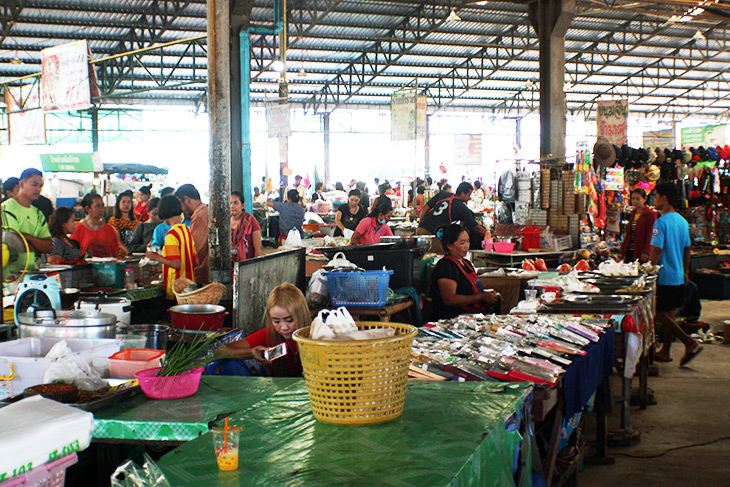
The market mostly sells meat, fish and vegetables, but there’s a wide variety of other goods on sale too; flowers, clothes, lottery tickets, etc.
But you can’t shop early Sunday morning on an empty stomach, so first stop was food…
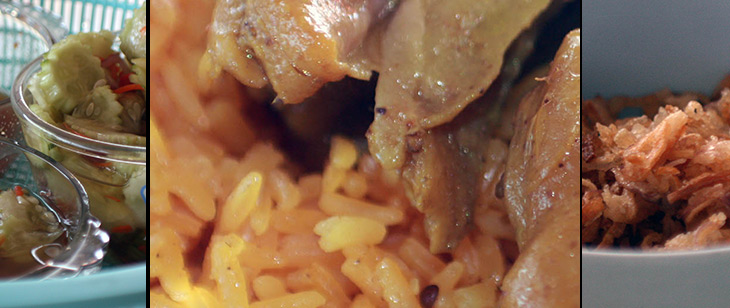
…biryani-style rice with chicken, plus marinated cucumber and crispy fried onions on the side, washed down with typically-strong sweet Thai coffee. Okay, now we can go shopping…
Before we get into the “what the heck are those?” queries, here’s a few more general views…
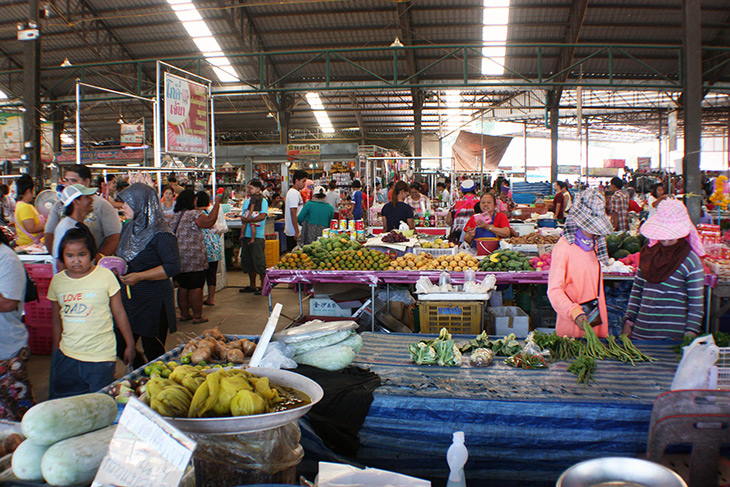
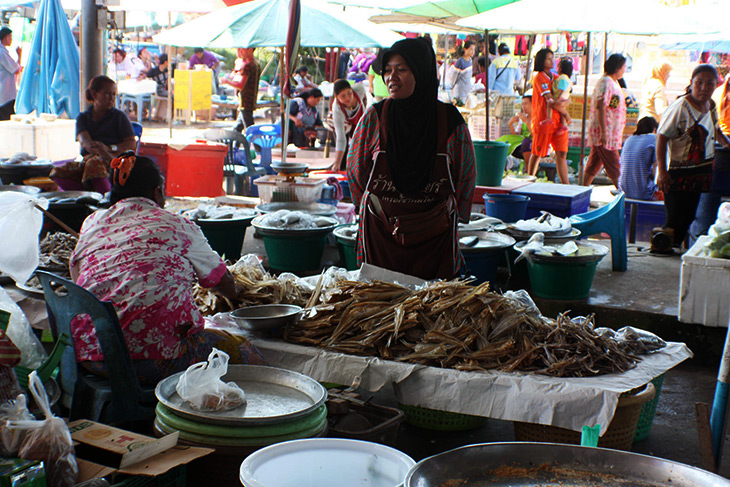
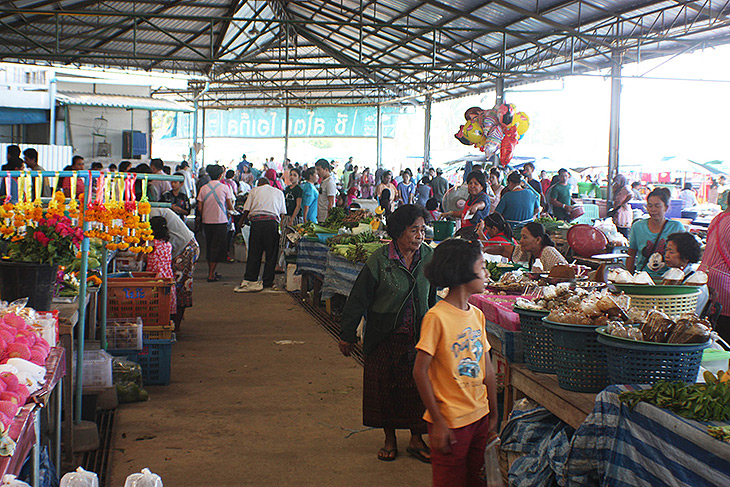
Of course, when it comes to meat and fish, well, I think most people can recognize meat and fish! And Sichon Market has a lot of meat and fish…

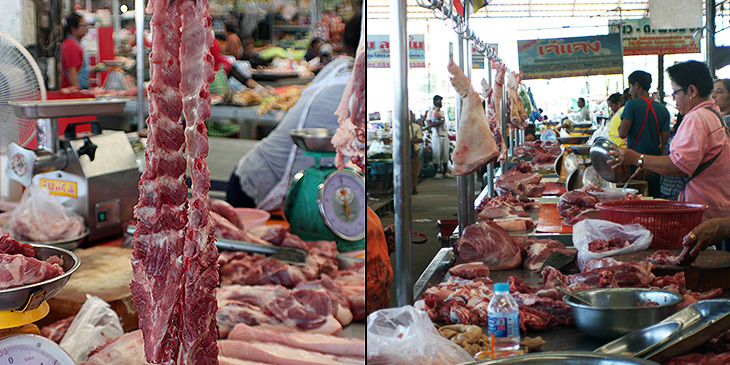
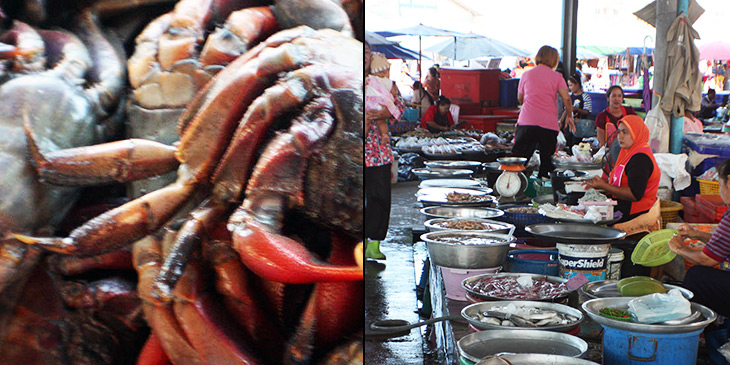

But how many of you will recognize the things in the next photographs?
Well, if you are Asian or have lived in Asia, you may well say “yeah, yeah, nothing unsual here,” but if I had to describe them, I’d be saying “green things, round things, leafy things” because frankly I wouldn’t have a clue. Luckily, two friends (plus Google) helped out with the following descriptions…







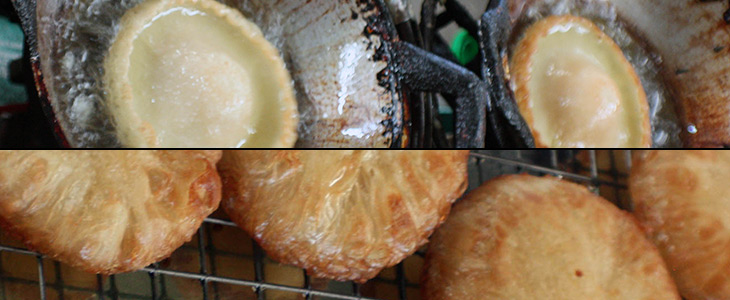








So now you know! As you probably noticed, there’s a common theme. Just about everything is used in curries, but then, there’s so many different kinds of Thai curries, which – to state the obvious – wouldn’t be different if they didn’t have different ingredients.
I’m quite sure, if I’d hunted more, I’d have found a dozen more things that I would have been unable to name, but to be honest, I was more interested in photographing people…

They didn’t seem to mind, in fact they revelled in their fifteen minutes of fame.
 It was a fascinating morning, well, early morning, and I have every intention of returning to find out what, and who, I missed.
It was a fascinating morning, well, early morning, and I have every intention of returning to find out what, and who, I missed.

